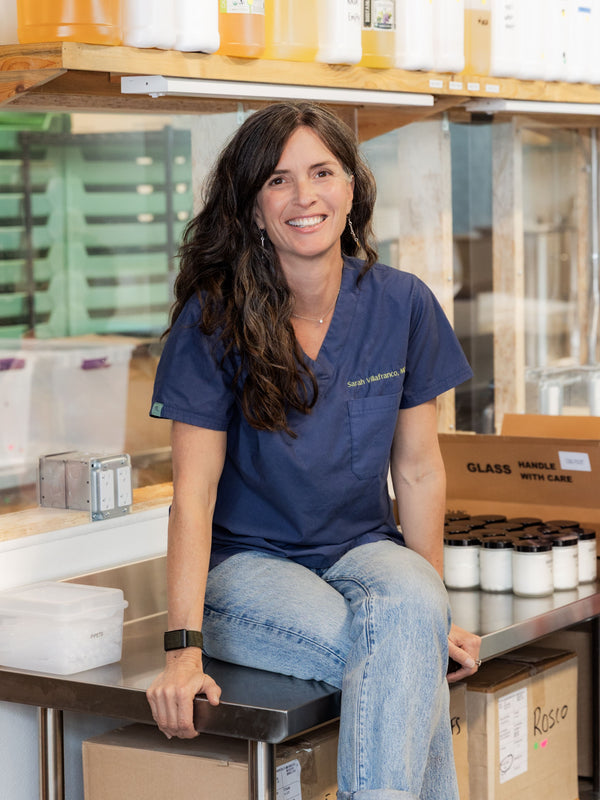Ingredient:
Honey
Why Do We Love Honey?
Raw honey is a simple yet luxurious ingredient. This golden substance is rich in pollen, propolis, vitamins, minerals, enzymes, amino acids, and antioxidants—all of which contribute to its deeply soothing and reparative qualities for the skin.
What's the History of Honey?
Honey has a global story stretching back more than 20,000 years. Early humans across Africa, Asia, Australia, and Europe were harvesting wild honey from nests long before organized agriculture existed. About 9,000 years ago, civilizations began domesticating bees, developing hives to harvest honey without harming the colony.
Throughout history, honey has been used to sweeten food, heal wounds, and nourish the skin. In ancient Greece, it was often combined with olive oil for cosmetic use. In ancient China, honey and turmeric masks were popular among women of the court to plump and hydrate the skin.
What Are the Skin Benefits of Honey?
-
Hydration: Honey is a natural humectant that draws moisture into the skin and increases water retention.
-
Microcirculation: It encourages circulation in the outer layers of the skin, which may support nutrient delivery.
-
Antibacterial Action: Especially in manuka honey, this helps reduce acne-causing bacteria.
-
Anti-inflammatory Effects: Honey can calm swelling and redness in conditions like eczema and dermatitis.
-
Antioxidant Protection: Minimally processed, organic honey—especially darker varieties—is rich in antioxidants that help support skin elasticity and resilience.
How Do I Use Honey in My Skincare Routine?
You can use high-quality, organic honey as:
-
A gentle cleanser
-
A calming mask
-
A spot treatment for blemishes
-
A nourishing lip treatment
If sticky fingers aren’t your thing, our products make it easy to enjoy the benefits without the mess. Our Lip Repair, made with manuka honey, has earned a cult following for how dramatically it helps heal dry, chapped lips overnight. And our Detox Exfoliating Mask uses powdered honey to capture the healing benefits in a dry format that you rehydrate with warm water before each use.

What Are the Health Benefits of Honey?
Honey occupies a rare space between traditional and modern medicine. It continues to be studied for its role in supporting wound healing, treating moderate burns, and calming inflammatory skin conditions. Many of these uses have been passed down across cultures for centuries and are now being validated in clinical settings with medical-grade honey.
Further research is still needed to understand the full extent of honey’s therapeutic value, but it remains one of the most fascinating overlaps between natural tradition and modern science.
Fun Facts About Honey
-
Honey never goes bad. Archaeologists have discovered 3,000-year-old jars of edible honey in Egyptian tombs.
-
Bees must visit about 2 million flowers to produce a single pound of honey.
-
One hive can hold 30,000–60,000 bees and yield up to 100 pounds of honey annually.
-
Bees “dance” to share directions to food sources.
-
Osmia bees (yep, our namesake!) are from the Osmia genus—solitary, mud-nesting bees known for their powerful pollination abilities. Osmia avosetta even uses flower petals to build nests (it's worth googling for the photos).
With love and bee-utiful golden honey,

Resources:
https://www.ncbi.nlm.nih.gov/pmc/articles/PMC7036894/
https://www.ncbi.nlm.nih.gov/pmc/articles/PMC7700082/
https://www.sciencedirect.com/science/article/pii/S168411821500033X?via%3Dihub
https://www.ncbi.nlm.nih.gov/pmc/articles/PMC5661189/






















